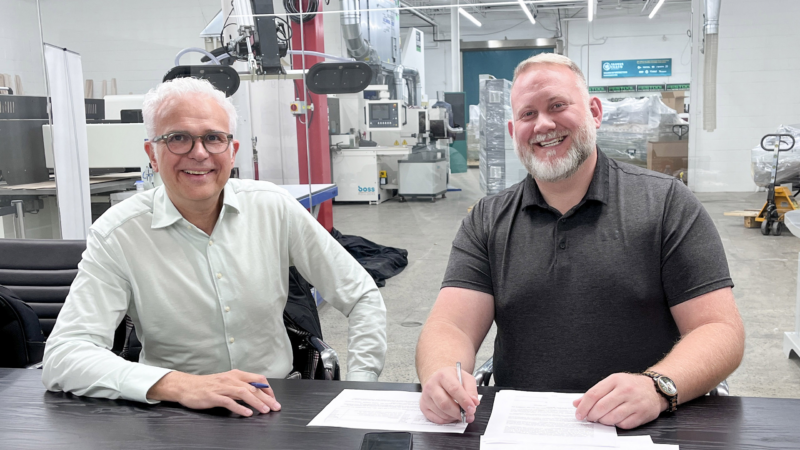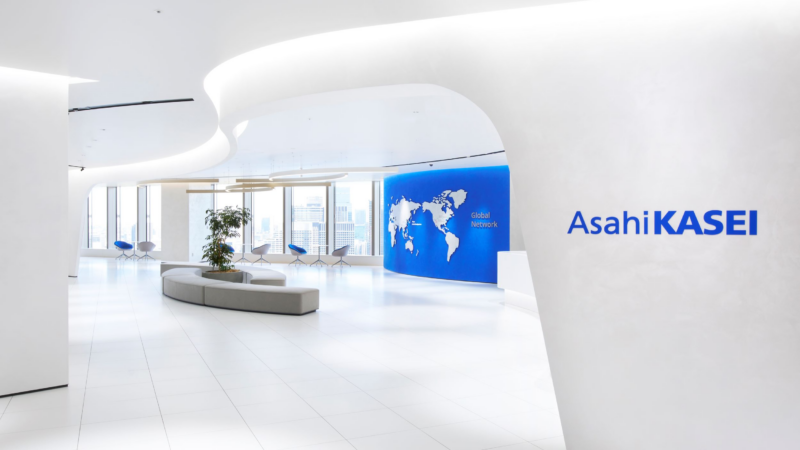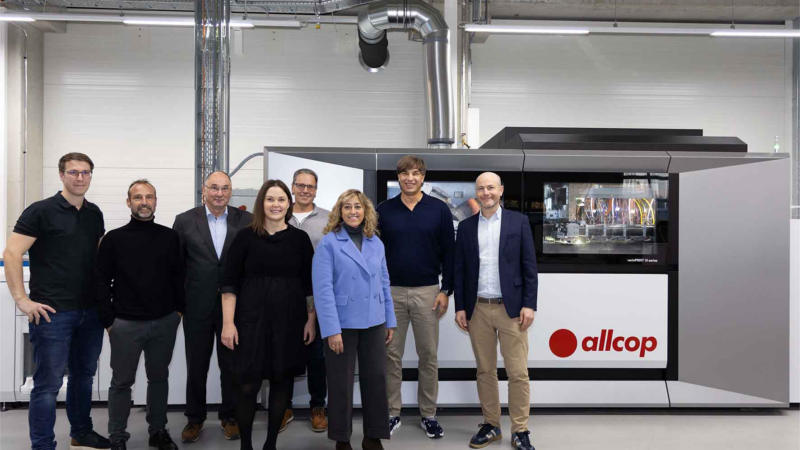Nowadays the treatment of incineration slag is not only requesting conventional magnet technology.
Rather questions arise in which way it is possible to improve the quality of the incineration slag and how to recover more metals and values from incineration slag.
A solution for the quality improvement and recovery of more values from incineration slag is given by Sensor Sorting Technology.
Many discussions about availability and the rising demand for primary and secondary raw materials as well as the increasing demand for quality of raw materials from recyclable materials cause higher requirements on the available technologies for recycling processes.
Slag processors are attracted by good prices on the raw material market hence even grain sizes smaller than 3 mm are recovered.
The CLASSIC
STEINERT has been building its eddy current separators (ECS; STEINERT NES ) with an eccentric pole system since 1987. Over the years this patented design has been continually improved and optimised. More than 3,500 units have been delivered to date. This wealth of experience has ultimately resulted in the reliability and long life of STEINERT NES products – qualities that are highly valued by our customers.
In the slag processing sector alone, more than 600 STEINERT NES units equipped with eccentric pole systems are in operation today.
STEINERT works closely with its customers to share information and experience. This cooperation, along with many years of experience in the construction and installation of pole drums, has enabled STEINERT to further develop the fine pole system 6119, the rotors of which have 19 pairs of poles. It is now possible to increase the rotational speed of the rotors in this system from 2,600 to 3,000 rpm while still retaining their eccentric arrangement.
One of the first customers to install this new generation of STEINERT NES is Stork Umweltdienste GmbH, at its site in Magdeburg. Stork is one of the pioneers in the field of slag processing.
With the improved version of the STEINERT fine pole system, customers are able to achieve improved separation of non-ferrous metals, even in the in size range of less than 3 millimetres.
The new pole system has also found new areas of application in the fine grain sector other than in slag processing.
The advent of sensor technology
The current trend in the processing of refuse incineration slag is toward the optimisation of processes and facility expansion as well as the complete renovation of existing processing facilities with the installation of the latest sensor technology.
This development takes into account both the quality requirements of refuse incineration slag and its composition as well as the demand for secondary raw materials and the conservation of resources. Processing methods that only sort ferrous metals, aluminium, copper and brass out of refuse incineration slag no longer represent the current state of technology.
Today the collection of all of the free precious metals contained in slag – in particular stainless steels – using ISS technology is in the forefront. This is in addition to the traditional processing of refuse incineration slag by means of pre-classification, hand sorting, air separators and magnets and eddy current separators.
By using specially designed sensors, induction sorting systems ( ISS ) are able to detect and sort out the precious metals contained in refuse incineration slag. Yield rates are far above 90 per cent and the products being recovered have very high levels of purity.
In terms of processing procedure, ISS units are utilized downstream of the traditional sorting methods mentioned above. As a result, it is easier to expand already existing facilities. In most cases, the acquisition of ISS technology and the associated peripherals has already paid for itself in about one or two years.
The application of ISS technology to the refuse incineration slag processing sector has two obvious effects.
Firstly, the goal of producing a high-quality, virtually metal-free refuse incineration slag is reached. And secondly, the collection of precious metals opens up another lucrative way to increase value in refuse incineration slag processing.
Other major benefits are, above all, the previously mentioned contributions to resource conservation and the supply of secondary raw materials to the metal industry.
STEINERT was established in 1889 and has long been recognized as the market leader in magnet-based sorting systems. In the last ten years, STEINERT has also developed into one of the market leaders in sensor-based sorting systems. STEINERT supplies electromagnet drums, eddy current separators and induction, X-Ray and near-infrared (NIR) sorting systems. STEINERT offers its customers the highest level of expertise and is currently the only supplier covering the entire product range including customer service. As a full-range supplier, STEINERT offers its sorting systems worldwide and provides consultation and service to its customers all over the world. STEINERT“s headquarters are located in Cologne, Germany. The company also has subsidiaries/branches in the USA, Brazil, Australia, China, South Afrika and Japan.
Kontakt:
STEINERT Elektromagnetbau GmbH
Julie Zavazalova
Widdersdorfer Str. 329-331
50933 Köln
+49 221 4984-108
Zavazalova@steinert.de
http://www.steinert.de






